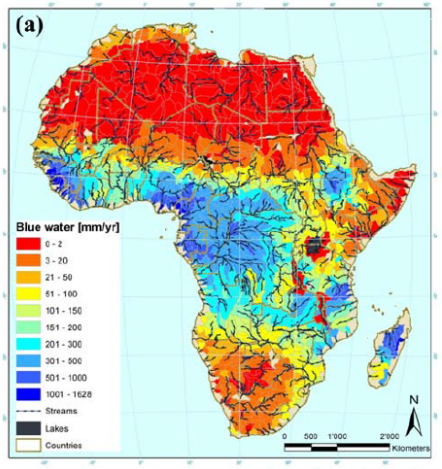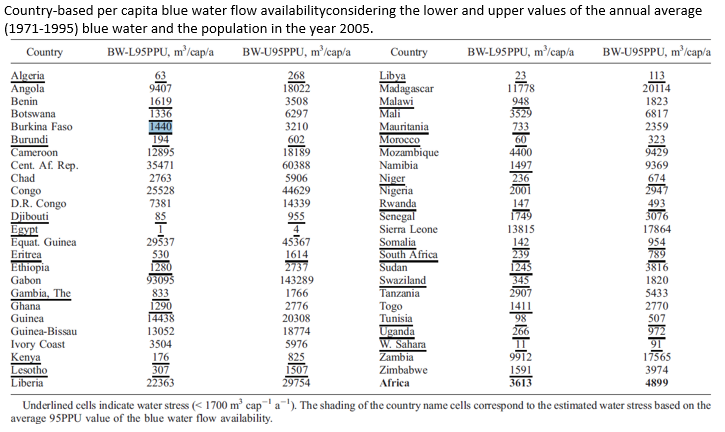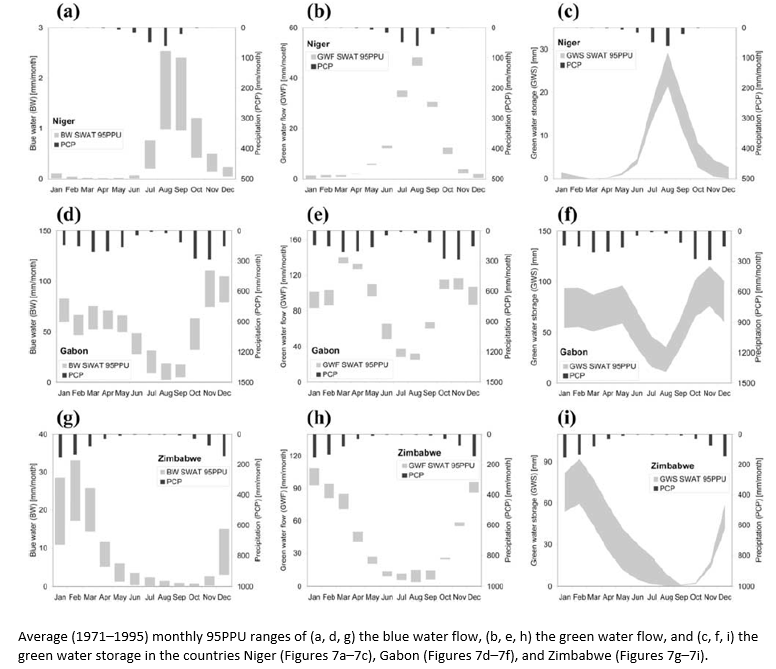The continent of Africa Water Resources Availability
Water Resources Africa

Accurate knowledge of freshwater availability is indispensable for water resources management at the regional or national level. In this project, we estimated the freshwater availability of the continent of Africa at a subbasin level and monthly intervals using advanced modeling tools.
This project served as a precursor of another one, where we modeled the impact of climate change on the water resources of the Africa continent
Accurate knowledge of freshwater availability is
indispensable for water resources management at the regional or national level.
However, this information has historically been very difficult to obtain
because of lack of data, difficulties in the aggregation of spatial
information, and problems in quantifying distributed hydrological processes.
The currently available estimates of freshwater availability by a few large
international organizations such as FAO and UNESCO are often not sufficient. They
only provide aggregated rough quantities of river discharge and groundwater
recharge at a national level and on a yearly basis. In this project, we provide
a procedure to improve the estimations of freshwater availability at subbasin
level and monthly intervals. We used a semi-distributed hydrological model to
assess freshwater components such as blue water flow (i.e., water yield plus
deep aquifer recharge), green water flow (i.e., actual evapotranspiration), and
green water storage (i.e., soil water) at a subbasin level with a monthly
resolution for the African continent and at a smaller scale for Western Africa.
We also quantified the uncertainty in our calculations. Quantification of
uncertainty is vital for designing a more realistic management strategy. As more
accurate data are becoming available from satellites, more accurate estimates
can reduce uncertainties. In this project, based on the 2005 population, we
calculated the freshwater availability and identified the water-stressed
countries.




